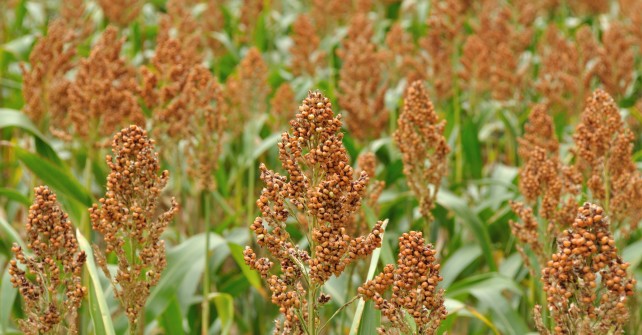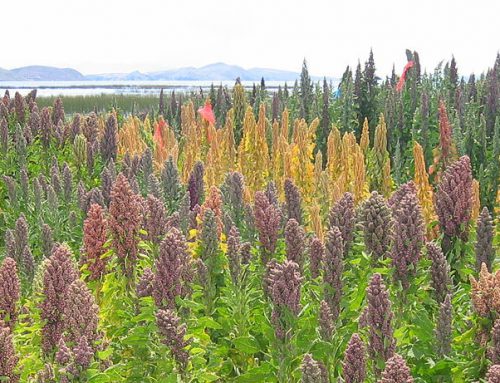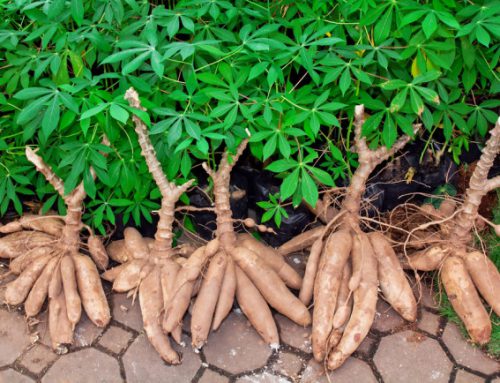When the grain humidity reaches 25% comes harvest time. According to experts, the best time would be the first 10 days of October.
What is Sorghum ?
Sorghum is a cereal grain that originated in Africa about 5000 years ago. In India it is known as jowar and it is also sometimes referred to as milo. Sorghum looks like corn, but is more resistant to prolonged droughts. Sorghum is the fifth most cultivated cereal on earth.
Origin
Probably originating from Ethiopia, where it has been cultivated for 5000 years, its ability to grow in arid environnments makes it a choice cereal for the African continent. Where it is consumed as a grain, but also milled into flour, and even fermented to create traditionnal and ancestral beer-like beverages such as Dolo in Mali and Burkina-Faso and Tchapalo in Ivory Coast. There, it is part of a ritual supposed to restore the link between the “seen” and the “unseen” : the humans and the spirits.
Sorghum Flour
One of the essential gluten free flours, especially in pastry. When blended with other gluten free flours, such as tapioca starch, it is great for adding volume and texture!
Nutrition and Health
Like corn, sorghum is an incomplete protein and does not contain lysine, which the body requires for growth and to turn fat into energy. This does not pose a problem in most western cultures, however, as western diets usually include adequate amounts of lysine due to animal and legume proteins. Sorghum has high Iron, Calcium and Phosphorus contents which makes it a tonifying food.




